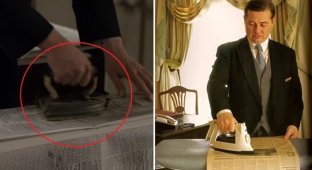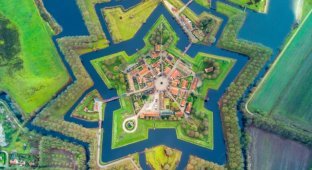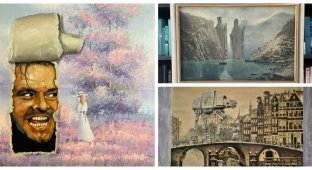The village of Deir el-Medina, where the builders of Egyptian tombs lived (6 photos)
How the ancient Egyptian artisans lived and worked, who created the tombs of the pharaohs. 
Near the famous Valley of the Kings, where they found peace ancient Egyptian rulers, there is a lesser known location, but the same ancient. This is the village of Deir el-Medina, where the builders lived, who for decades, tombs were created. Tutankhamun's tomb, and about a hundred tombs were rebuilt by people who lived in this settlement and daily went to work in the necropolis.
The most explored ancient village
The Valley of the Kings would not be what it appears before contemporaries, without the industrious workers who lived in the settlement nearby. The ruins of Deir el-Medina are located opposite Luxor, on the other side Nile, no one has lived in them for three millennia. About the existence of the village learned only at the beginning of the twentieth century, and interest in Deir el-Medina appeared in that the moment when Carter found Tutankhamen's tomb. 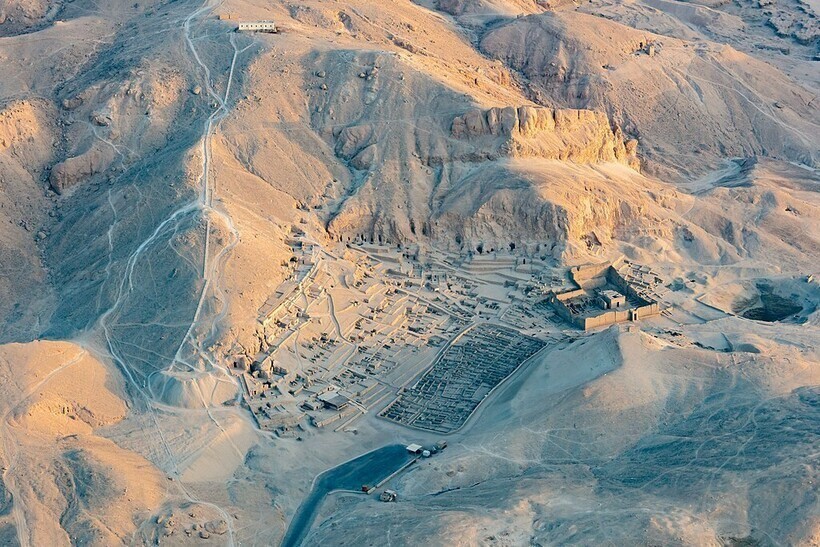
City of masters from above
There were no treasures in Deir el-Medina like those showed the world Carter. However, the find was invaluable, because the study village helped to understand how the ancient Egyptians lived in general. Settlement have been studied in detail for several decades, and we can safely say that there is no other ancient community so carefully studied. Two Egyptologist, Frenchman Bernard Brière and his student Yaroslav Cerny from the Czech Republic, created a detailed account of life in Deir el-Medina, which covers about 400 years: that is how long the village has existed. 
Entrance to the tomb of a worker who lived in the city of craftsmen.
The village was abandoned in the 11th century BC: then the tombs of the pharaohs began to rob, food supplies to the village decreased, and life became unstable.
What was the village of artisans
Thanks to these ruins, hidden for centuries in the sands, scientists have been able to describe the life of the working class of ancient Egypt.
At its peak, Deir el-Medina had 68 brick houses built on stone foundations. The houses were painted white color, and the windows in each dwelling were built high: it was possible reduce sun exposure to the house. Usually in such a building there were 5 rooms, and in terms of area it occupied about 70 squares. 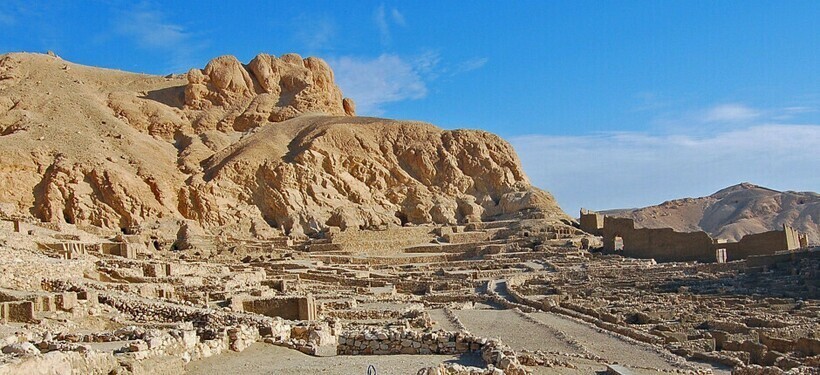
View of the settlement.
In this village lived special people who were called servants of the place of truth. It is believed that the village was built specifically for distance from other settlements in order to preserve the skill of construction tombs in secret. It was only a few minutes walk from Valley of the Kings. The middle class lived in the countryside laborers, as well as those who were engaged in decorating the royal tombs: they were mostly Egyptians, Nubians and Asians. Their knowledge they passed on by inheritance, and the children continued the work of their fathers. 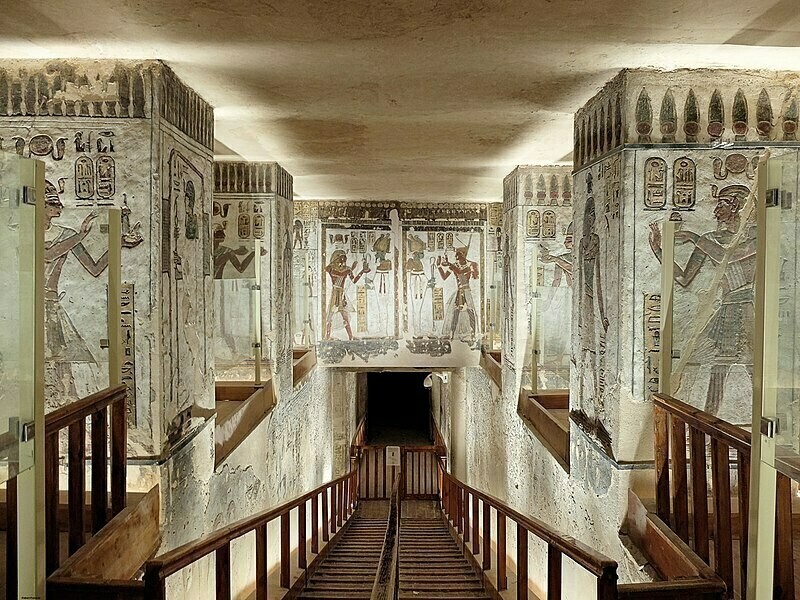
The corridor leading to the tomb of Ramesses III: it was built and painted by local craftsmen.
Artisans were literate, and women could read. Before many texts have come down to us today containing information about the way of life Deir el Medina. Not only some official documents were found or money transactions, in the city of masters, scientists discovered personal letters, texts that describe everyday life. was here and ancient Egyptian literature, as well as records of prayers, spells, texts, which fixed the idea of the common people about the divine. 
Tomb TT8 belonging to Master Kha and his wife Merit. Kha was responsible for the construction of the tombs of Amenhotep II, Thutmose IV and Amenhotep III..
Even the work schedule of artisans is known: they worked 8 days followed by 2 days off. Out of duty local residents did what they did best - they built their own own tombs. Today they are considered one of the most beautiful Egyptian tombs (of course, after the tombs of the pharaohs). So finds in the city of masters turned out to be truly priceless, because they were able to give an idea of how ordinary workers lived.
























